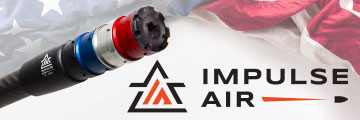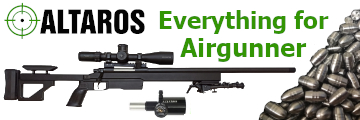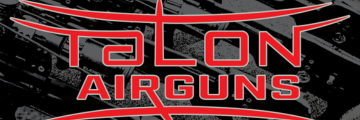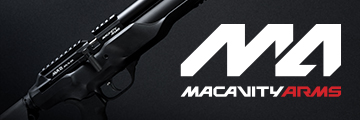I’m all about the science and ballistics also. I’d like to hear your explanation of why the .25 is superior to the .30?
From a ballistics (physics) standpoint, IMHO, the .30 AEA 50.5 are a better choice than the AEA 29.5. I’m getting routinely about 0.072 GA with the .30 and about 0.060 GA with the .25. (BC)
Perhaps accuracy and precision are your deciding factors? Shooting .30 does have advantages such as being able to track the pellet flight better, and also to see the holes better in the target. Additionally, with a very slow twist .30 barrel such as 1:40, the “vertical jump” is less in quartering winds (it’s physics).
Where BC is considered, I'm getting 0.071 with that AEA 29.5s across a 10 fps range from 970- 980 fps which is better than anything I've experienced in .30 cal. You obviously have found a similar node for the 50 grain.
Visually tracking the pellet in flight is not something I concern myself with in real time. I use video to analyze pellet flight when looking at a specific pellets characteristics. As the pellet and barrel designs have improved of late, I find less need to shoot highspeed videos because many of the mysteries of the past designs have thankfully disappeared.
I've not had the opportunity to shoot anything with a slower than 1/24 twist and none of what I have seen have I found particularly convincing. Clearly the evolution of the PCP field is leaning heavily towards slugs which as a by product has benefitted those of us whose interests lie primarily in the pellet world.
Lastly you mentioned "jump" deflection and how the .30 at the slower twist is less susceptible. That would then logically apply across the board in an apples to apples pellet design meaning that the inherently superior BC of the smaller projectile would still hold sway would it not?














































